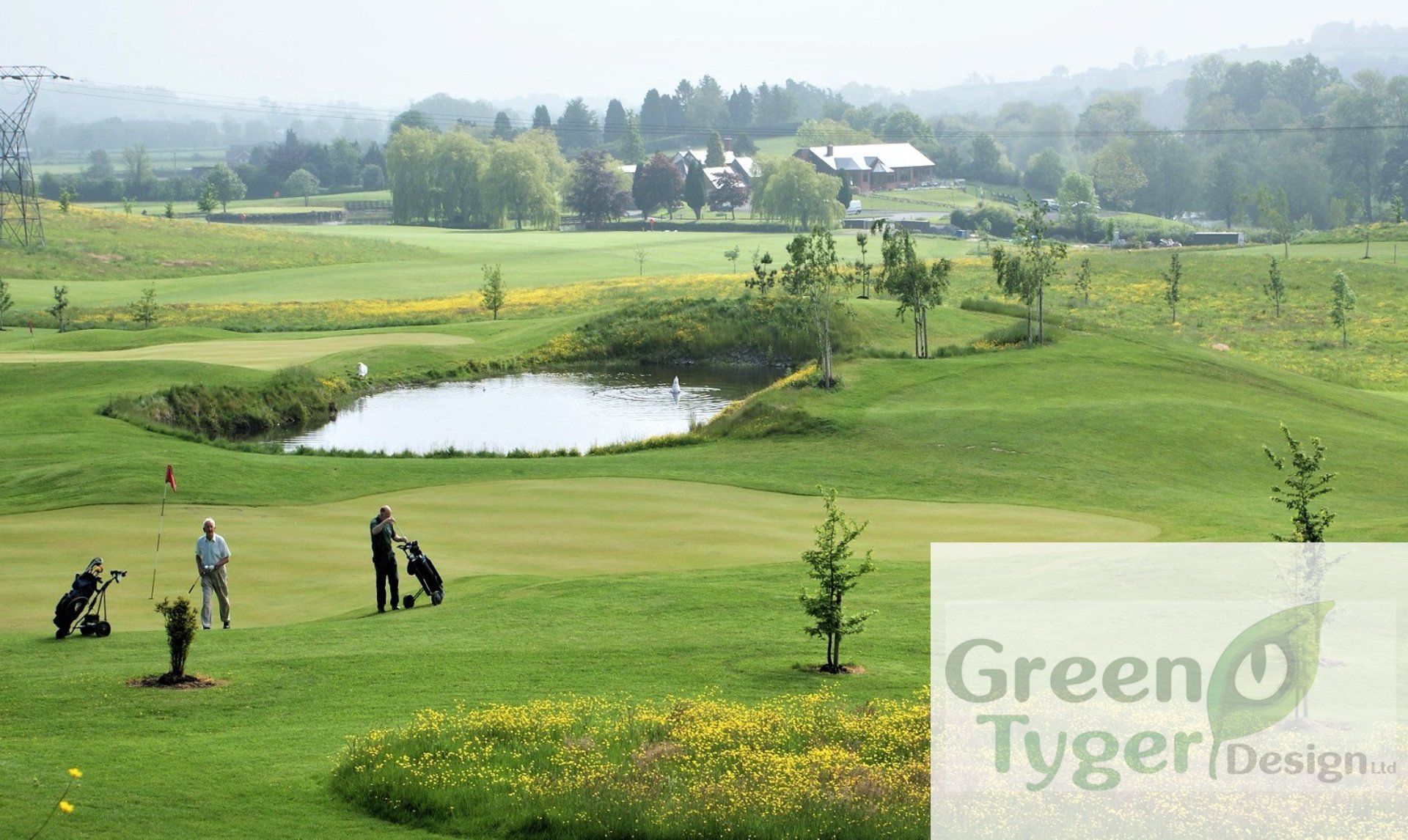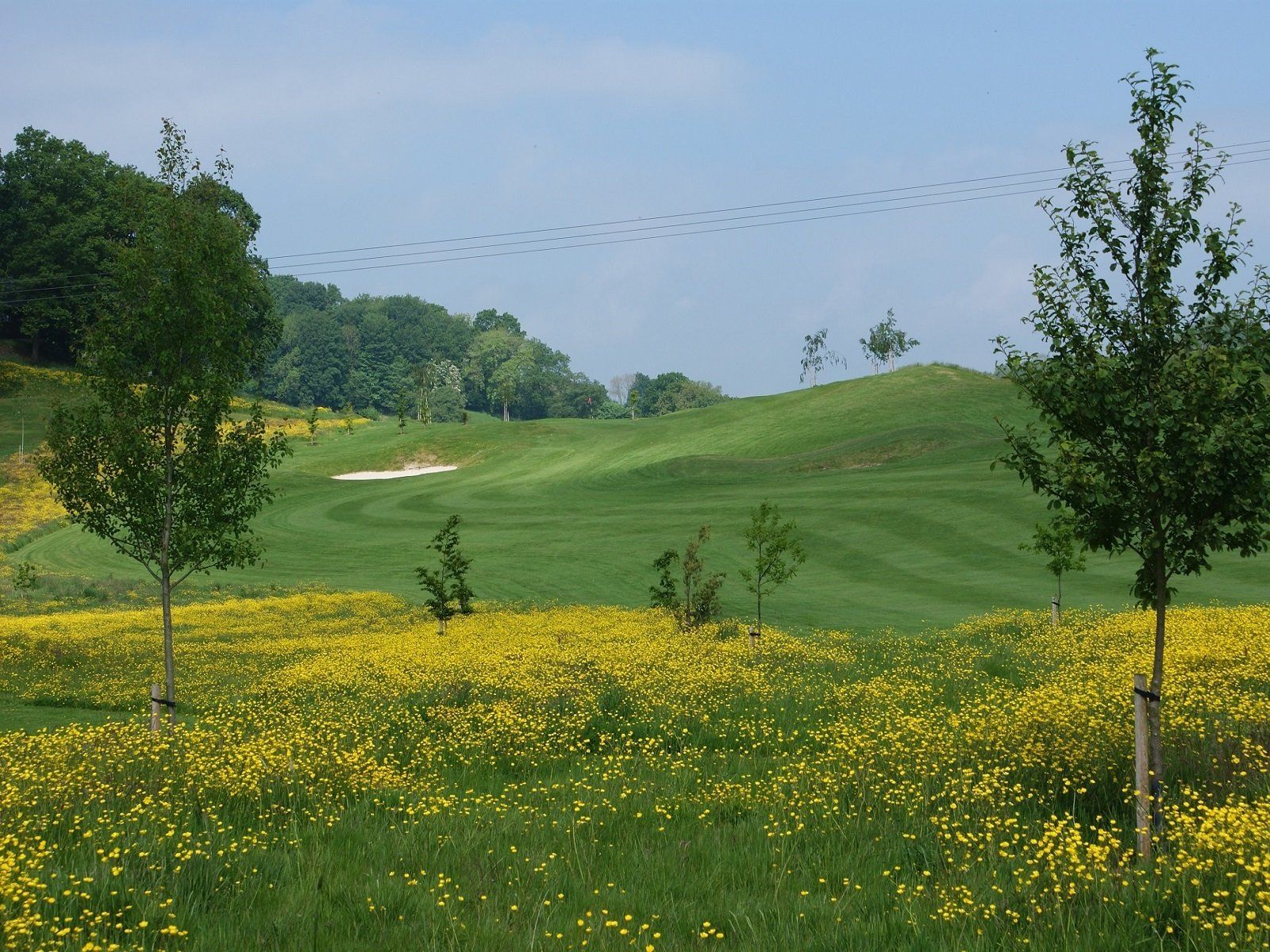Golf Course Design, It's Time to Change... ⏰
We have all had to take some time off and many projects have been put on the back-burner due to the recent pandemic but golf is now emerging from the lockdown and so we are asking what have we learned about the future of the fascinating game?
One theme we have been pursuing as
golf course architects
in recent times has been brought into sharp focus; its time that the game of golf needs to fundamentally change (and this isn’t just social distancing) but a change which runs through all aspects of the game and this begins for us at the design of the course.
Up to the last recession in 2009, most new courses were designed to be a ‘championship’ golf course and aimed at an exclusive membership, however since this recession golf clubs have been struggling financially and this model is evidently not working and courses are closing at an alarming rate.
Changing golf course design
Time to TAKE STOCK, Time for a RE-THINK. Time to RE-IMAGINE
what a golf course could be and that’s where we as golf course architect can help.
Here we look at the changes that ourselves and other leading golf architects have been advocating under the general heading of ‘environmentally sustainable' golf course design and show some examples of our new projects, which are starting construction soon to illustrate these changes.
Below are a list of our recommendations for a successful golf facility.
Recommendations for successful golf course design
- Create shorter courses aimed at fun for all of the family rather than long ‘championship’ venues. After all there are few layout in the world which are capable of challenging the modern professional golfer and even low handicap golfers make up only a very small percentage of the paying membership. The course should be strategically testing and fun, easy to navigate for the visitor and to speed play and provide a variety of tees for all playing standards.
- Encourage beginners onto the course by including short courses, separate from the main course, where they can develop their skills and confidence.
- Provide excellent golf practice facilities such as a driving range, practice chipping and putting greens. These facilities will mark out the better golf clubs in future, where golfers can improve their skills, the professionals can teach and encourage new members to join the club.
- Re-design golf courses
to be economically sustainable with greater use of natural grasses in roughs, drought tolerant specialist fairway grasses, natural bunker surrounds, letting areas develop as wetlands or woodland which require less maintenance and use locally available resources such as sand for topdressing greens and bunkering.
- Design new ponds and lakes to collect and recycle water within the course, rather than paying for abstraction licences or worse, having to rely on costly mains water.
- Reduce tree cover if this has taken over the course, often due to overzealous 'forestry' tree planting schemes in the 70s and 80s. Too many trees can slow play, create a mess with leaf and branches strewn onto greens and fairways and can encourage grass diseases if air cannot circulate due to nearby trees.
- Reduce the area of greens as these are areas of intensive maintenance requiring large inputs of time, fertiliser and water. If you have a smaller golf venue, why not replace the greens entirely with high quality artificial grass surfaces, reducing the need for expensive cutting machinery and expert green staff.
Sharing is caring... choose your favourite platform!









